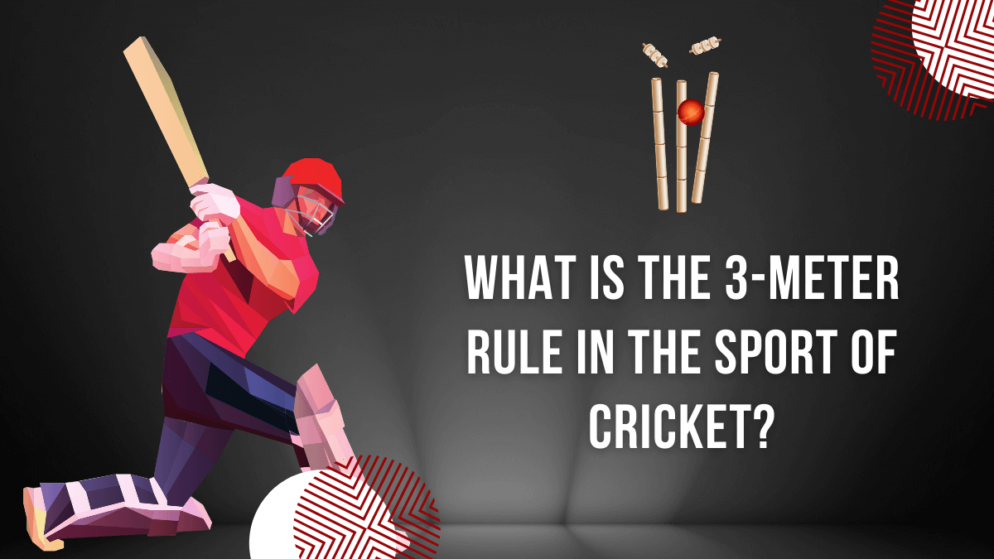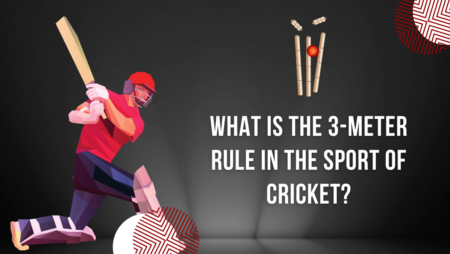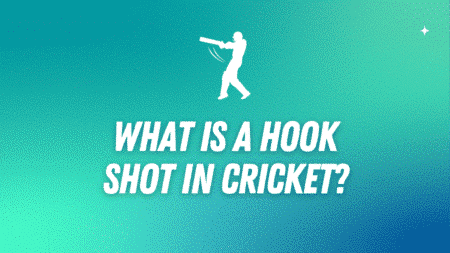

One of the most common methods to dismiss a batter in cricket is leg before wicket. The basic premise for this dismissal is that a ball pitching in line of the stumps hits the batter’s pads first without making contact with any other part of the body. The umpire’s decision depends on the hypothesis whether the ball would have gone on to hit the stumps should the batter’s pads did not intervene. However, the leg before wicket rule has seen several variations in its rules over the years. Today, guided by technology, a lot of additional factors are now considered to make a decision on leg before wicket dismissal.
One of the lesser-known points of discussion is the 3 metre rule. Though it is the Marylebone Cricket Club who maintains the laws of cricket, this rule is better explained in clause 3.4.6.4 of the “2025 IPL playing conditions” guide. The following points are of note.
- The point of first interception was 300 cm (3-meter) or more from the stumps, OR
- The point of the first interception was more than 250 cm but less than 300 cm from the stumps, and the distance between the point of pitching and the point of the first interception was less than 40 cm.
Should the above scenarios occur, then the batter is declared not out. The above points are taken into consideration when the batter moves outside the popping crease to hit a shot but ultimately fails to make contact with the ball. The ball instead hits the pad in line of the stumps. The move of the batter away from the crease puts his or her distance nearly 300 cm away from the stumps, following which the 3 metre rules ensues.
The confirmation that the interception is 3 metres farther is done through the umpire decision review system. Even if the ball could have gone on to hit the stumps, the on-screen animation stops immediately upon calculating the 3 metre gap between the batter and the stumps. If the on-field decision of the umpire was out, then they have to reverse their decision.








